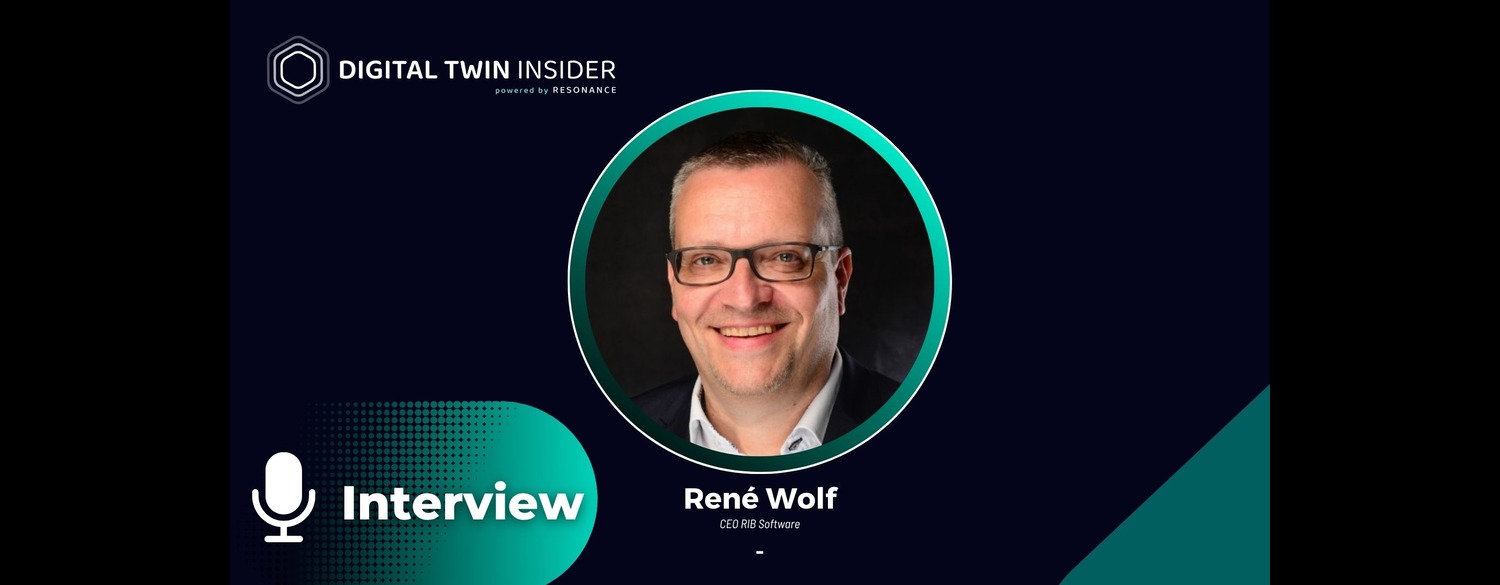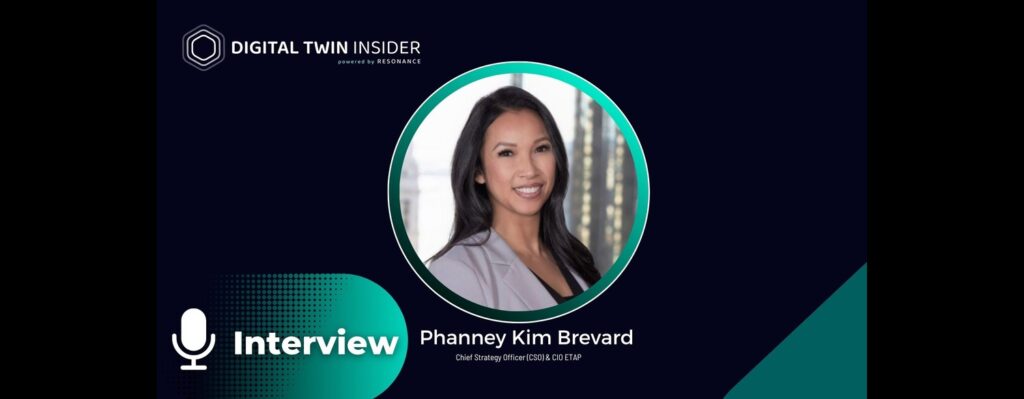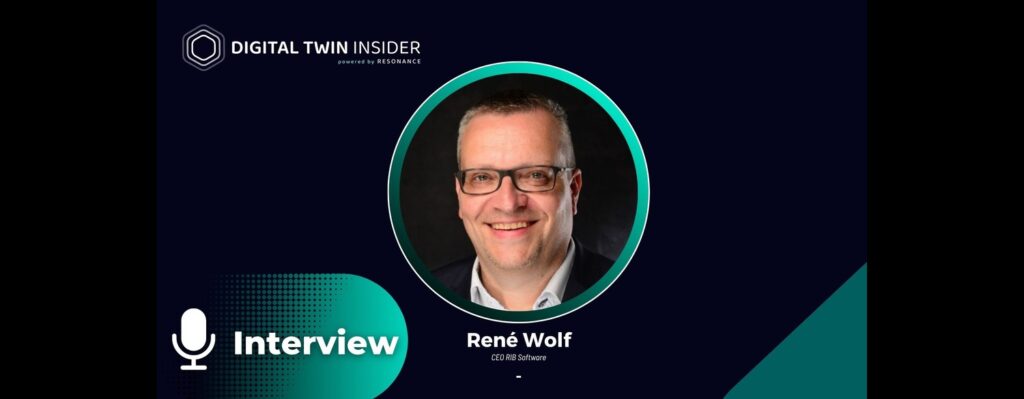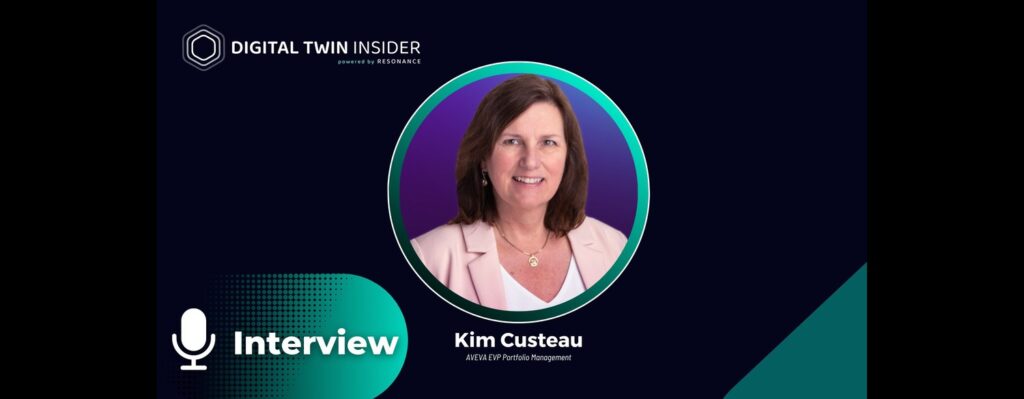UNIVERSITY NEWS — Ask students in Stanford University’s Virtual People course what they did in class that day and you’ll get some surprising answers. The students might have floated in space, gaping down at planet Earth below. They might’ve swum amid a beautiful coral reef watching – with each passing second representing years – as climate change caused the reef’s ruin. The students might’ve gone for a walk, but as a person with a skin color different than their own and subjected to prejudice.
The Virtual People course is among the first and largest courses to be taught almost entirely in virtual reality, or VR, with several hundred students in the summer and fall courses. These students participate in the all-remote class via a VR headset, worn over their eyes like an opaque scuba mask, plus two handheld controllers to move about the virtual environments.
Jeremy Bailenson, the Thomas More Storke Professor in the School of Humanities and Sciences and professor of communication, has taught the Virtual People course since 2003, but it’s only recently that advances in VR technology have enabled the class to be taught entirely in VR. Course instructors and students spent more than 60,000 shared minutes together in VR environments during the summer quarter, and are projected to spend about 140,000 shared minutes together during the fall.

“In Virtual People, the students don’t just get to try VR a handful of times. VR becomes the medium they rely on,” said Bailenson, the founding director of Stanford’s Virtual Human Interaction Lab (VHIL). “To the best of my knowledge, nobody has networked hundreds of students via VR headsets for months at a time in the history of virtual reality, or even in the history of teaching. It’s VR at an incredible scale.”
The class examines VR’s expanding and evolving role in areas including popular culture, engineering, behavioral science and communication. Roughly 10 million VR systems are in use in the United States alone, yet many people are unaware of how far the technology has come and its applications beyond entertainment.
“I had previously understood VR as something just for video games,” said Allison Lettiere, who graduated in 2021 with undergraduate and graduate degrees in computer science. Lettiere said she found the technology’s ability to instill empathy-inducing experiences of walking in someone else’s shoes compelling and potentially useful in her line of work, which is focused on technological accessibility.
Sophie Marie Wallace, ’23, who is majoring in science, technology and society, also had her views of VR transformed in the class. “I was able to discover a passion I want to pursue in the future, which is using VR to improve sports performance in both land and aquatic sports,” Wallace said.
“The course is built around learning by doing, allowing students to experience and build applications that previous students could only read about, from therapeutic medicine to sports training to teaching empathy,” said Bailenson.
The class has drawn students majoring in diverse disciplines, including economics, political science, communication, anthropology, biology, computer science, film and media studies, comparative literature, art practice, psychology and sociology.
“There’s no better way to learn about something other than to experience it yourself, and that’s what this class did,” said Hana Tadesse, who plans to graduate next year with a major in computer science and a minor in communication.
Connecting and learning virtually
Virtual reality hardware has been part of Bailenson’s Virtual People course since it began, though usually as in-class demonstrations by graduate student assistants and student volunteers. Then, in March 2020, the coronavirus pandemic struck and all classes had to be taught remotely.
Bailenson realized virtual reality could reunite classmates as they learn about the technology and experience it first-hand. “After teaching remotely for over a year, there was a hunger to break out of the Zoom grid and try something different and exciting,” said Bailenson.
The university mailed VR headsets to students taking the course. Thus equipped, the students created virtual characters for themselves, called avatars, and virtually met up for class sessions.
Students learn the ropes of VR through a range of activities and explorations, including VR “field trips,” by guest lecturers such as Courtney Cogburn. Cogburn, associate professor of social work at Columbia University, is the lead creator of 1000 Cut Journey, an immersive VR experience developed in collaboration with VHIL that teaches racial empathy by having the viewer experience life as a black man who encounters racial prejudice. Another guest lecturer is former Stanford and National Football League quarterback Trent Edwards, who shows students how to learn about football plays in VR.
One of the most popular class exercises involves students mixing menu-driven commands and programming to create interactive virtual reality scenes such as Earth-like environments and whimsical tea parties with fairies in fantasy-scapes.
Interacting anew in the metaverse
To further foster an engaging classroom experience, teaching assistants moderate discussions with small student groups. The student avatars stand in a circle, introducing a spatial dimension that’s lost when video conferencing as talking heads on flat computer screens.
Students noticed and appreciated this subtle but powerful change to their discussion format, which helps highlight how design choices have an impact on people using technology.
Teaching Virtual People entirely in VR has proven timely given the intense interest by companies, such as Facebook, in the “metaverse” – shared virtual world environments where, for instance, users immerse themselves into a multi-dimensional digital version of the internet.
“Our class is the metaverse,” said Bailenson. “It is the perfect example of how to build the infrastructure – hardware, software, content and people – and to build a persistent virtual world of avatars and scenes that people actually use.”
Looking ahead, Bailenson plans to continue teaching Virtual People in its natural medium of VR, with the aim of familiarizing his students with a valuable technological tool.
“It is gratifying to see how far virtual reality has come in the early 21st century,” said Bailenson. “I’m sure it will go even farther in the capable hands and minds of Stanford students.”
For more market insights, check out our latest Digital Twin news here.
By Adam Hadhazy, Stanford News













